How to decarbonise construction equipment
03 November 2021
Around the globe, construction equipment lies at the heart of economic growth. Construction machines – such as bulldozers, wheel loaders and excavators – are the work horses of the modern world, enabling us to build the infrastructure of the future. They are also significant emitters. CEA member, Danfoss believes the journey to net zero construction machinery begins today...
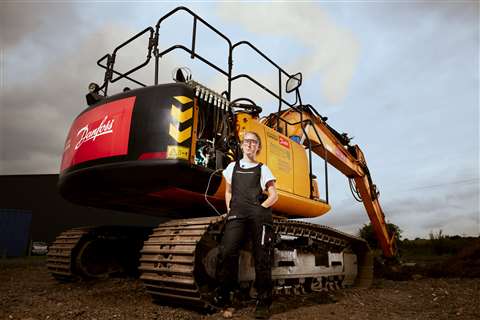 Jill MacPherson, Senior R&D Engineer, Artemis Intelligent Power, part of Danfoss Power Solutions business.
Jill MacPherson, Senior R&D Engineer, Artemis Intelligent Power, part of Danfoss Power Solutions business.
Worldwide, construction machinery emits around 400Mt of CO2 annually – the equivalent to ten times the annual emissions of Denmark.
Many of these machines are to be found in urban areas, where particulate emissions as well as CO2 are a major concern.
The world’s cities occupy just 3% percent of the Earth’s land but account for 60 to 80% of energy consumption and 75% of CO2 emissions.
As we drive to net zero - we need to find ways to decarbonize these power-hungry machines, to improve air quality, reduce CO2, and make lives better for us all.
Industry recognises this, but whilst ambitions are high, the solutions and journey towards achieving targets are not clear at all. The long duty cycles and very high power demands of big machines means there is no simple road to zero.
At Danfoss, we believe by combining radical improvements in system efficiency together with electrification, we can lower global excavator emissions by 30% by 2030.
This is not easy. It is ambitious. But it can be done. It requires the rapid adoption of existing, proven technologies. And we can begin today.
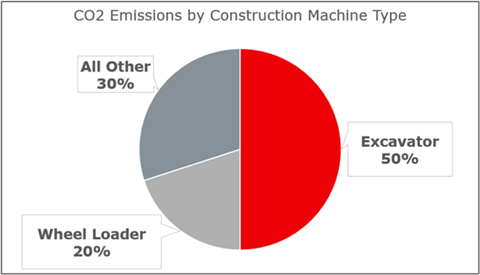
CO2 produced by excavators
Excavators account for 50% of all CO2 emissions generated by construction machinery, making it paramount that new solutions are introduced in this sector first.
Although alternative low carbon powertrains are already available for mini excavators, around 90% of CO2 emissions come from machines of ten tonnes or more – so our focus starts here.
Construction equipment electrification and efficiency
To understand the potential routes forward, Danfoss has conducted a rigorous analysis of the global excavator market.
We have included every excavator in operation today and have used the best market data to calculate how this sector will grow this decade.
Our analysts examined the complete lifecycle CO2 footprint of each excavator class – whether standard or fully-electric – from day one of manufacture, through to operations and ultimately to end of life.
And rather than considering the impact a single technology could have on an individual excavator, our analysis includes the total effect of a number of different market adoption scenarios across the global market.
As a base case, we looked at incremental changes to excavator systems which, although they would have some impact on CO2 emissions, would not deliver the change expected.
Electrification is clearly a key trend, however our analysis found that, even in the most optimistic best-case adoption scenario, electrification alone will only reduce emissions for the excavator sector by 12% by 2030.
However, if we achieve a step change in system efficiency – through the adoption of Digital Displacement technology – alongside increasing electrification, then we calculate the sector can achieve a 30% reduction in overall CO2 emissions by 2030.
Achieving a 30% CO2 reduction for excavators produced in the year 2030, would result in a total reduction of 80MT CO2 during the expected lifetime of these excavators.
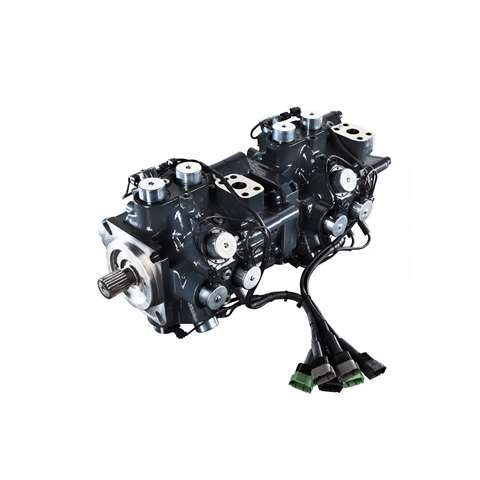 The Danfoss DDP96 off-highway tandem pump.
The Danfoss DDP96 off-highway tandem pump.
Digital Displacement hydraulic pump
The excavator of today is extremely inefficient. Between the engine and the bucket, more than half of an engine’s power is wasted as heat in the fluid power system.
At Danfoss we have developed a Digital Displacement hydraulic pump, suitable for diesel, hybrid and fully electric off-highway machines. This hyper-efficient, digitally controlled, pump radically reduces system losses – by 30% or more.
This technology has been designed to be easily integrated into standard machines. And because it is controlled through software, it can be configured to suit the excavator type, market or operator’s preferences.
This offers a straightforward route to improved efficiency and control – and a gateway to the connected world of tomorrow.
The improved system efficiency a Digital Displacement pump brings helps to achieve the 30% reduction target.
By tackling efficiency head-on, Digital Displacement immediately reduces emissions in diesel and hybrid machines and improves the business case for electric powertrains
Better systems efficiency means smaller batteries and / or longer duty cycles for battery powered machines – lowering capex, opex and thereby accelerating market adoption.
Our calculations show that an electrified excavator with Digital Displacement will have a better total cost of ownership (TCO) than a standard diesel engine within the near-term (five year) horizon.
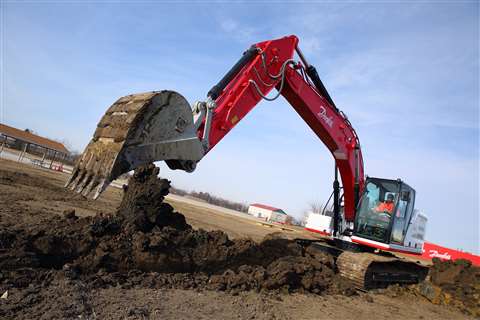
How emission can be reduce by 30% by 2030
Decarbonizing off-highway vehicles is a challenge. But, if we take bold steps and begin now, it can be achieved.
Better efficiency through the widespread adoption of Digital Displacement pumps is a first step which, when allied to increasing take up of electric and hybrid power drives, gives the industry a credible route map.
In our analysis, to achieve a whole sector reduction of 30% by 2030 the industry will need to accelerate battery electric vehicle adoption to around 40% in the 10-35 tonne class; alongside the adoption of Digital Displacement in 48% of machines.
If these adoption rates are not met, we can still achieve 24% CO2 reduction through a battery electric adoption rate of 30% and a Digital Displacement share of 40% in the 10-35 tonne class.
In addition, we believe more efficient operator behavior, enabled through enhanced controls and operator training could help close the gap to 30% or even further exceed it. These scenarios suggest we must begin now.
Early adoption of Digital Displacement technology, alongside an acceleration of electrification, will enable OEMs to plot their own road map ahead, confident that reduced cost and improved efficiency will meet customer demands and the industry’s decarbonization ambitions.
This approach will offer customers machines that are more efficient, more productive and cheaper to run – leading to more rapid market penetration.
And looking further ahead to hydrogen powered machines – improved system efficiency is a ‘no regrets’ solution for today which improves the business case for adopting other technologies in the future. Better efficiency means less fuel – whatever that fuel may be.
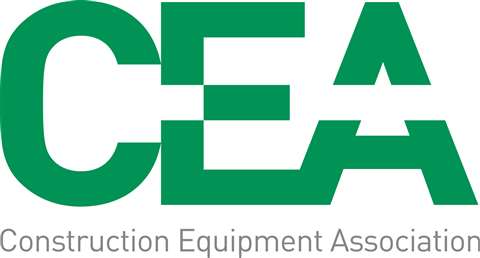
*This article was originally featured in the October 2021 edition of the CEA’s Construction Worx publication.
STAY CONNECTED



Receive the information you need when you need it through our world-leading magazines, newsletters and daily briefings.
CONNECT WITH THE TEAM







